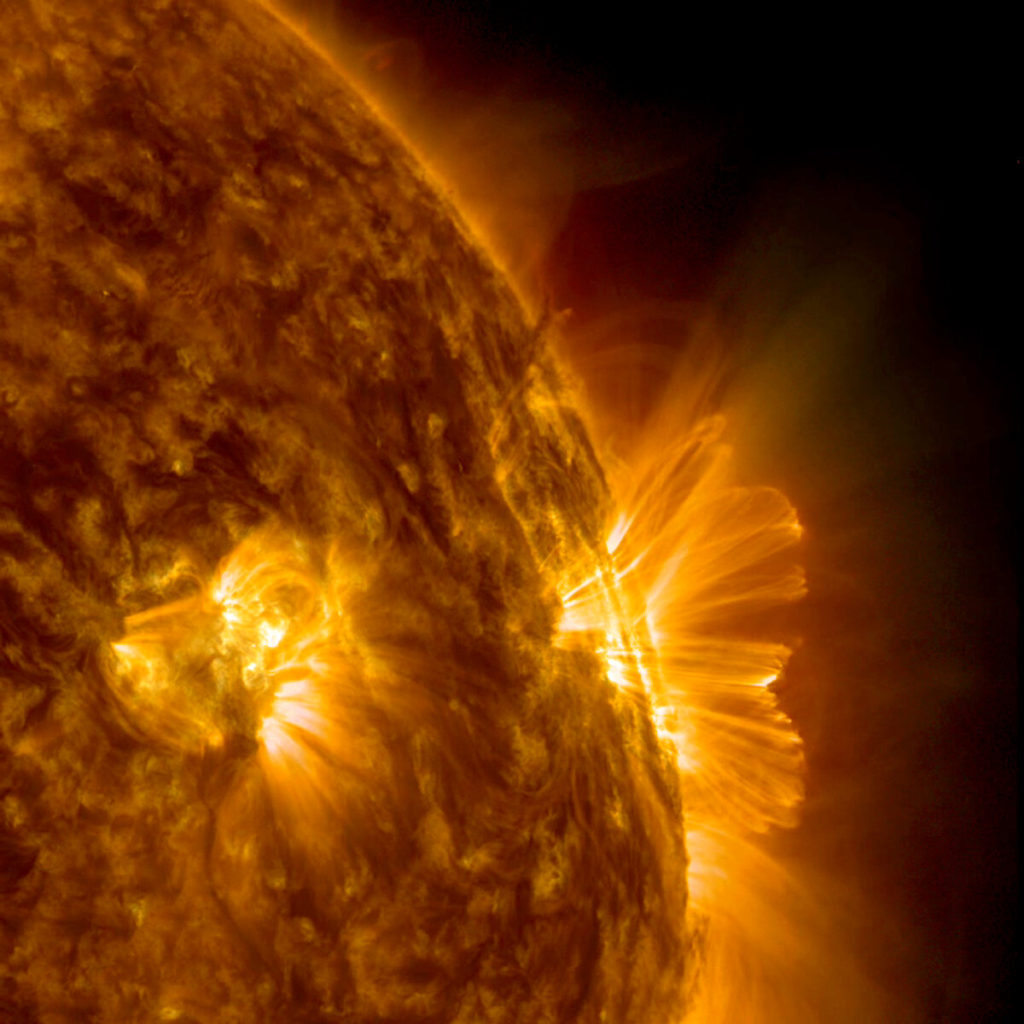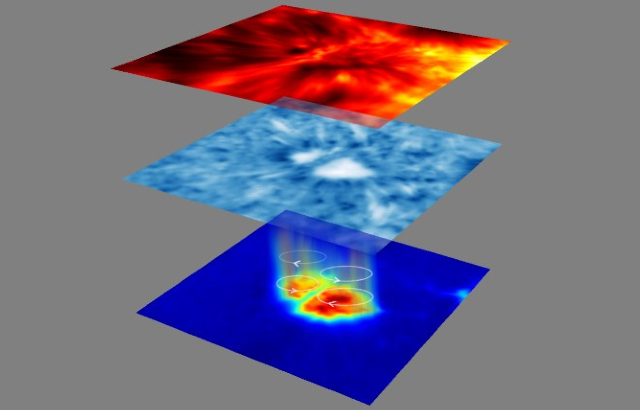
NASA’s Parker Solar Probe (PSP) has flown close enough to the sun to detect the fine structure of the solar wind close to where it is generated at the sun’s surface, revealing details that are lost as the wind exits the corona as a uniform blast of charged particles.
It’s like seeing jets of water emanating from a showerhead through the blast of water hitting you in the face.
In a paper to be published in the journal Nature, a team of scientists led by Stuart D...
Read More









Recent Comments